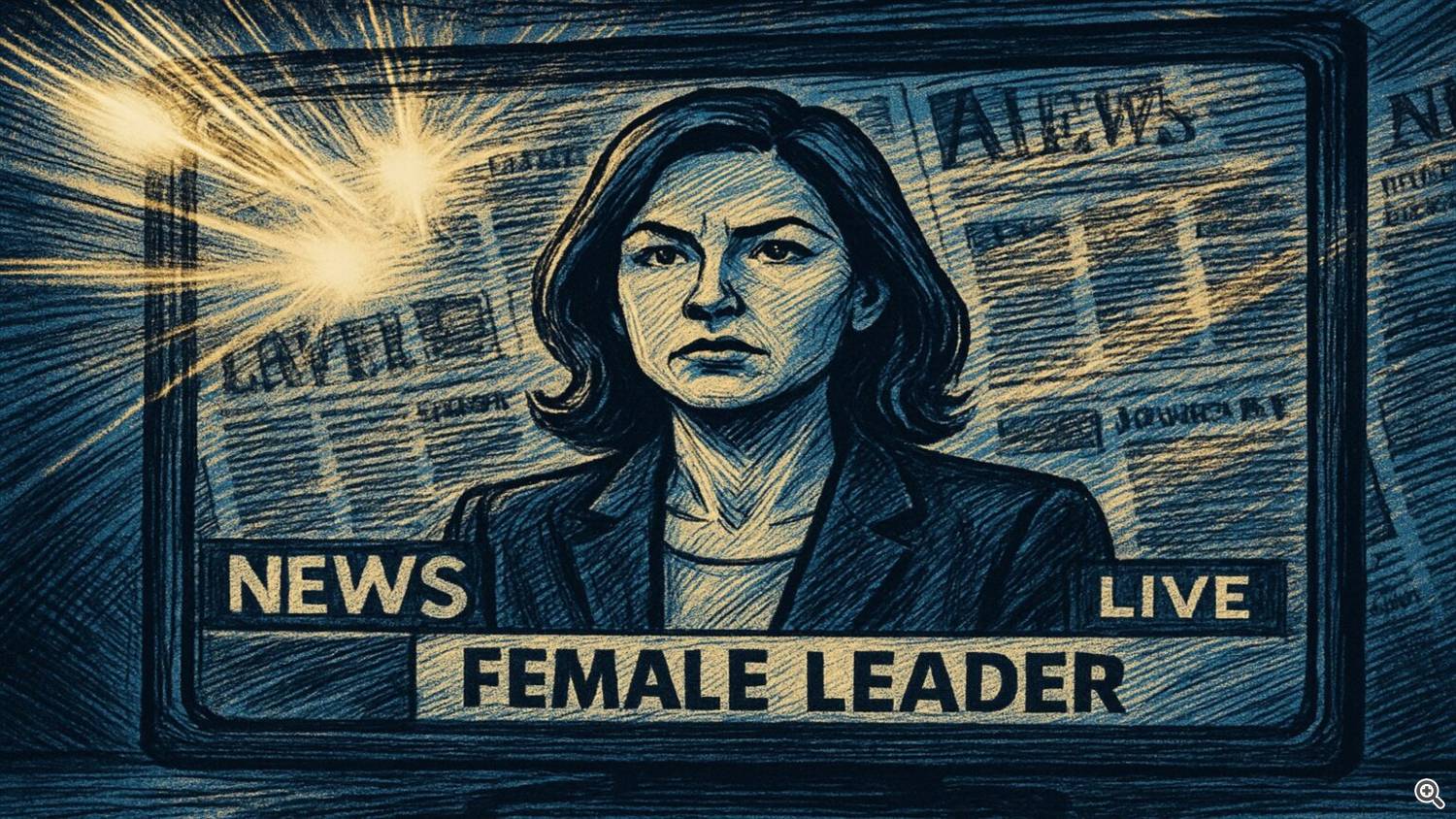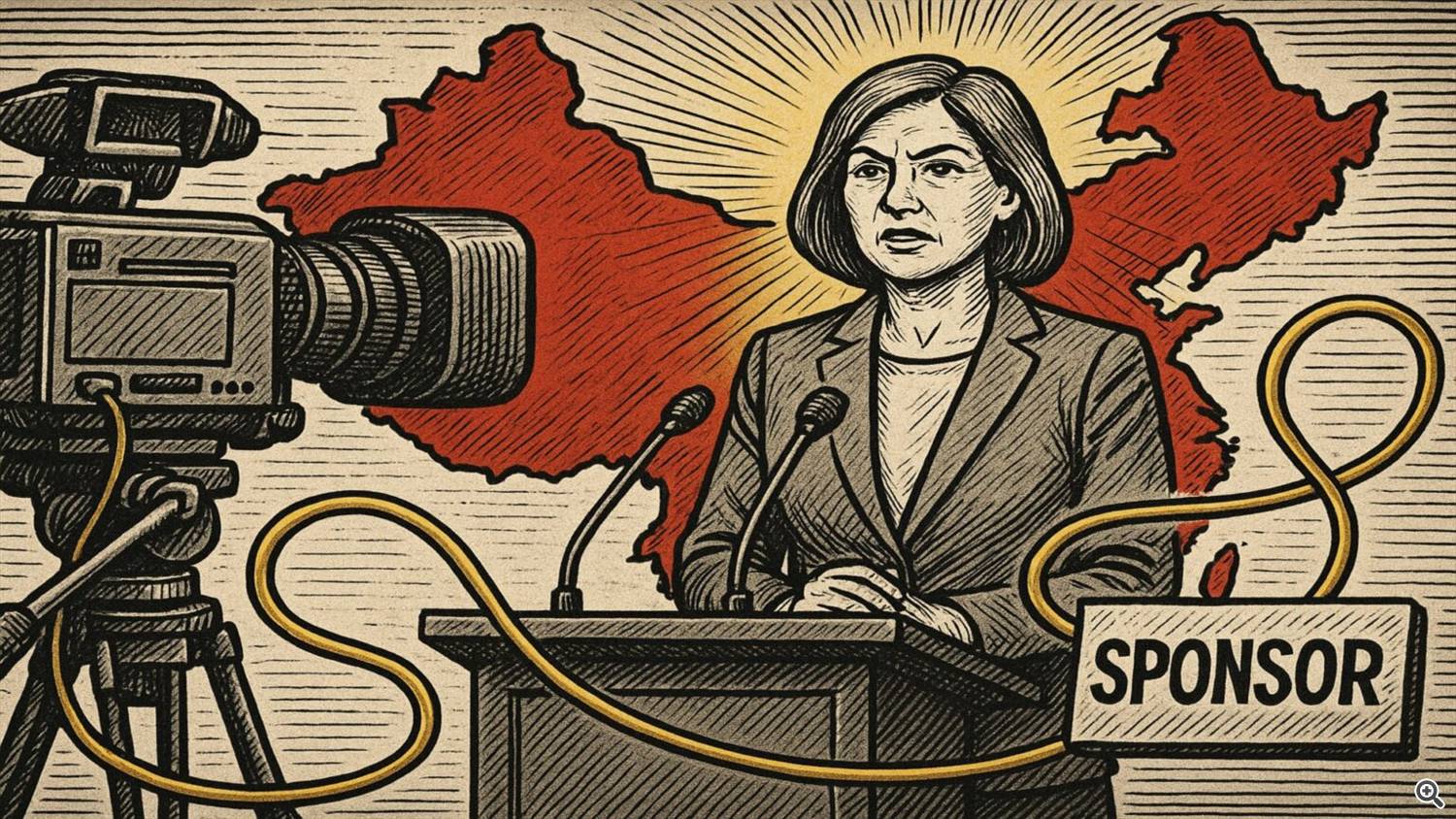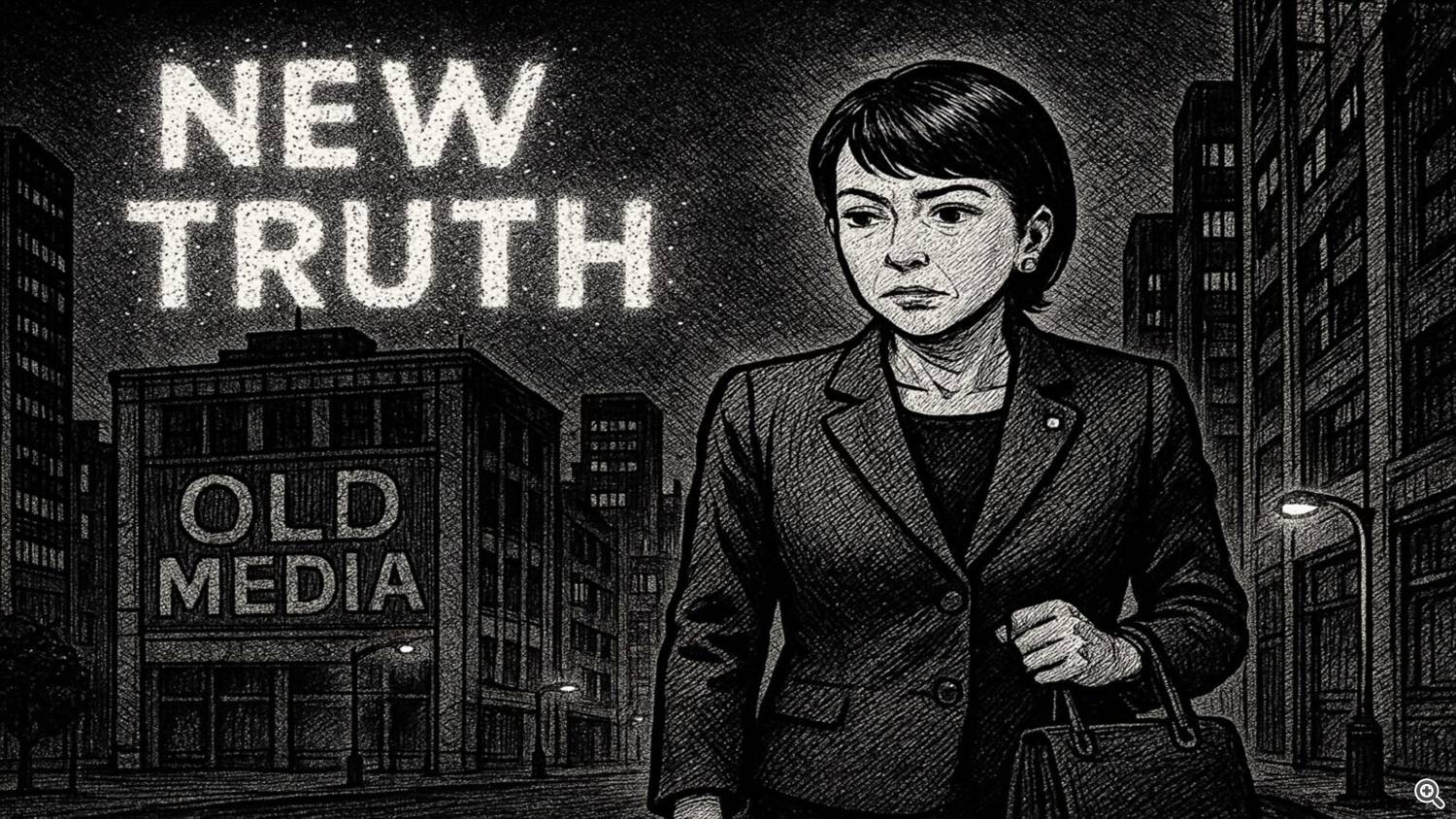When Japan’s first female conservative leader, Sanae Takaichi, rose to power, her biggest obstacle wasn’t the opposition—it was the press. Television, newspapers, and even national broadcasters turned the event into a stage play of moral panic. For weeks, every outlet echoed the same talking points: “controversial,” “hardline,” “divisive.” The framing was clear—Japan didn’t just have a new leader; it had a new enemy.
The irony is brutal. The very media that calls for “freedom of expression” has become the gatekeeper of acceptable thought.
Japan’s newsrooms have mastered the art of selective storytelling. In headlines, conservative statements are labeled “provocative,” while similar remarks from progressives are “passionate.” When a right-leaning politician defends tradition, it’s “nationalism.” When a left-leaning one talks about values, it’s “cultural pride.”
Every shot, every sound bite, every word choice builds a narrative of fear. And when it comes to Takaichi, that fear is intentional. A woman who refuses to conform to their ideological expectations is the media’s worst nightmare—a mirror they cannot control.
🎭 The Framing Game
🎥 Behind the Cameras
Inside major broadcasting networks, ideological bias is no secret. Young reporters who express conservative views are quietly sidelined. Editorial meetings have invisible boundaries: you can criticize bureaucracy, but never Beijing.
Meanwhile, self-proclaimed “progressive” journalists are promoted as brave truth-tellers, while anyone sympathetic to Takaichi is branded “far-right.” The double standard runs deep.
Some editors openly say, “We don’t need both sides—one is already wrong.” That phrase defines Japan’s journalism today.

🔄 The Feedback Loop
Once biased coverage airs, social media amplifies it. Anti-Takaichi hashtags trend within hours—many pushed by coordinated accounts. Netizens call it “grassroots democracy,” but it’s a feedback loop: the same message bouncing from TV to Twitter and back to the front page.
Even NHK, Japan’s state broadcaster, now wields what critics call “the freedom not to report.” When a story challenges their ideological comfort zone, it vanishes from the airwaves. Objectivity has become optional.
🔥 The Selective Outrage
The pattern is painfully consistent. When conservative lawmakers face funding controversies, the press launches daily exposés, hounding them even after re-election. Yet when liberal politicians or left-leaning activists face similar allegations, coverage fades in days—or never appears at all.
Japan’s “watchdogs of power” have learned to bite only in one direction.

💰 The Cost of Control
Behind these editorial lines lies money—and influence. Advertising deals with conglomerates linked to Chinese investment shape what stories get told.
Takaichi’s firm stance against Beijing’s economic pressure and human rights abuses has made her public enemy number one for pro-China sponsors. Even within her own party, politicians cozy with Beijing whisper that she is “too extreme.”
In truth, it’s not extremism they fear—it’s independence.
🧱 Cracks in the Wall
Not everyone inside Japan’s media is blind to this decay. A new generation of independent journalists, online commentators, and YouTubers are beginning to challenge the old narrative. They are exposing the mechanisms of bias and creating a new kind of accountability—one that doesn’t rely on press clubs or scripted interviews.
For the first time, viewers can see how “public opinion” is manufactured—and choose to reject it.

💭 Reflection
The press still claims to be Japan’s conscience. But a conscience that serves ideology isn’t moral—it’s manipulative.
Takaichi’s rise didn’t just expose political hypocrisy; it revealed how fragile Japan’s media truly is. A system that fears free thought cannot call itself free.
As viewers abandon TV anchors for online voices, the monopoly of legacy broadcasters weakens by the day. The “old media” no longer defines truth; it merely competes for attention.
In modern Japan, the problem isn’t censorship—it’s self-censorship dressed as virtue. The solution may already be online.
